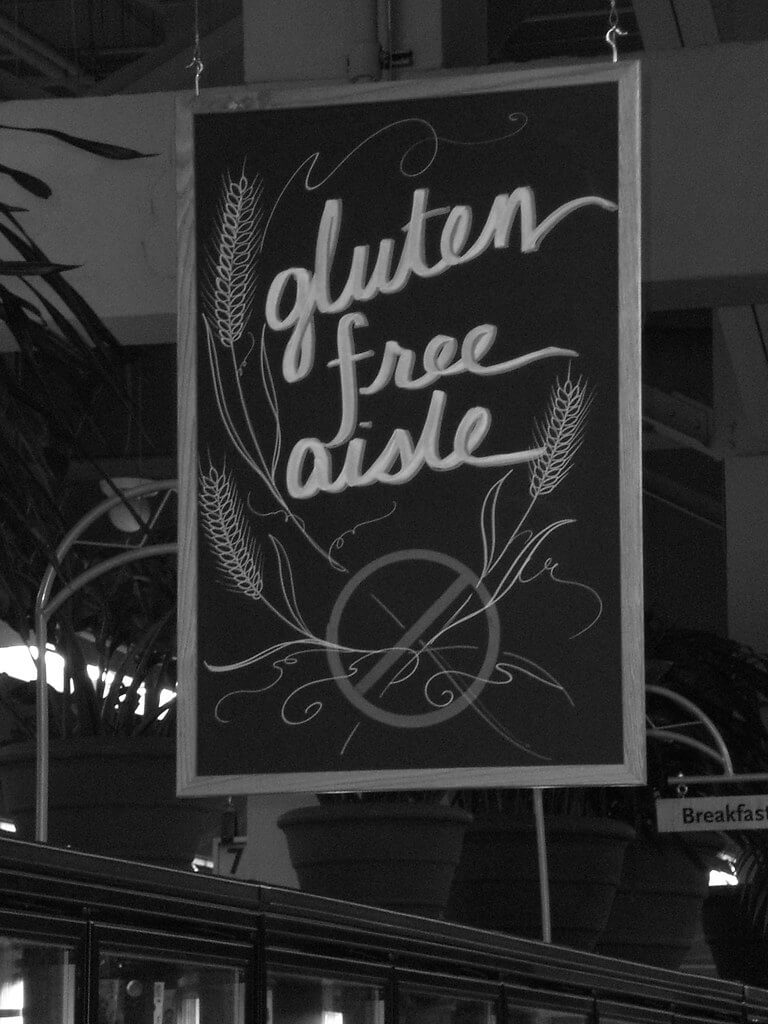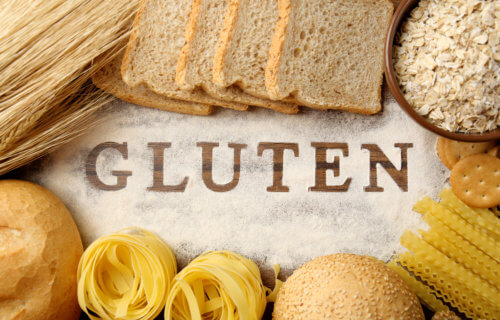LEIOA, Spain — Celiac is a fairly common disease that continues to affect even more people over the past few years. Since the disease is so common and more products have come out catering to gluten-free diets, many have started to associate a diet free of gluten with being healthier than one with gluten. This public misunderstanding could be counterproductive, researchers believe. A new study finds gluten-free alternatives are often less nutritious than their standard counterparts in the grocery store.
“Certain attributes that are not in themselves related to diet are ascribed to diet. The data show that gluten-free products are not healthier,” says Jonatan Miranda-Gómez, a pharmacist at the University of the Basque Country and a researcher in the Gluten 3S research group, in a media release.
Over the last nine years, Miranda and his team have analyzed these products to see if they compare nutritionally to items containing gluten or not.
“In 2014, we published a fairly ground-breaking scientific paper,” Miranda notes. “In it, we compared 200 gluten-free foods with their gluten-containing equivalents. Nutritionally, they are not on a par with each other.”
Gluten-free products contain less fiber
The study finds that a lot of gluten-free products have more unhealthy fats in them and less gut-supporting fiber. However, the circumstances continue to evolve, and they require continuous monitoring. Since their first paper, the proportion of celiac individuals has remained at around one percent. Despite this, the amount of people with gluten sensitivities has risen, meaning that gluten intolerance regardless of severity affects 10 percent of the population.
“The industry has been aware of that,” Miranda explains. “So it has developed more products, which has allowed the industry itself to do more research and take other components into consideration. To a certain extent, this social and research team momentum has led to an evolution in the industry. And there has been a remarkable improvement.”

The pasta industry has provided an incredible amount of gluten-free options over the years. Gluten-free pasta often uses corn as the main ingredient. However, the second most important ingredient for these types of pastas used to be rice flour, but it is now millet. It goes to show how keeping up with industrial changes is vital when conducting nutritional analyses.
“This has had a positive effect on nutrition,” the researcher says. “To produce pasta, you have to extrude it, and millet allows extrusion to be carried out using fewer lipids.”
How do you make beer gluten-free?
On the other hand, for liquid products like beer, the process isn’t as beneficial. In order to make gluten-free beer, it isn’t enough to just replace the gluten, manufacturers need to break it down by adding enzymes during the clarification process (when beer makers remove suspended particles from the liquid).
“But this process has another limitation,” Miranda adds. “Harmful molecules may go unnoticed during routine analysis. Members of the Coeliac Association sometimes tell us that gluten-free beer disagrees with them.”
This opens doors for researchers to explore the problems with these types of beers a bit deeper. Miranda concludes by emphasizing that saying gluten-free products are inherently healthier than their gluten-containing equivalents can’t be said with such certainty.
“In recent years, articles have shown that other molecules may also be harmful and that, even if a strict gluten-free diet is followed, these gluten-free products can still cause discomfort,” Miranda concludes.
“We want to find out the environmental impact of gluten-free food. They tend to have a greater impact than the rest, because some ingredients need to be imported from abroad, for example. That impact would need to be reduced. For example, the sourcing of millet needs to be explored.”
The findings care published in the journal Foods.


Why can’t these companies put more fiber into their products?
When I read this, this explains why i struggle to pass stools and I have bowel movements everyday.